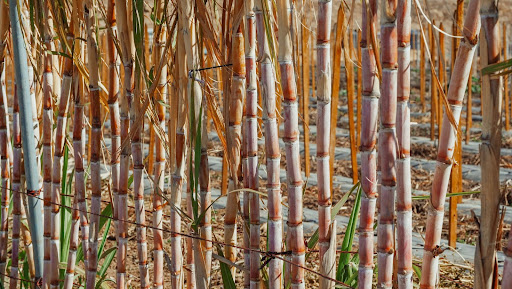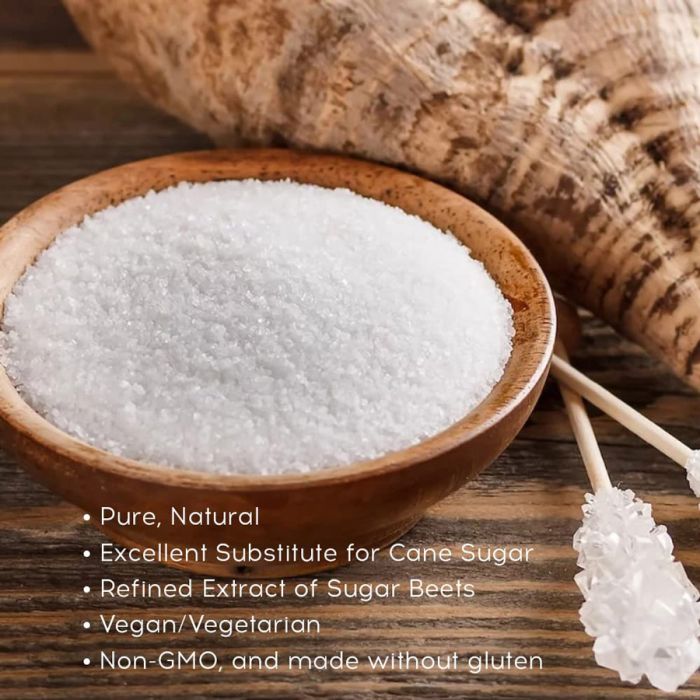The refining process of beet sugar vs cane sugar changes, affecting the final product’s quality.
Recognizing the Nutritional Perks of Beetroot Sugar Vs Cane Sugar for Wellness Conscious Customers
When checking out the nutritional ramifications of beet sugar versus cane sugar, health-conscious consumers find that both selections mostly include sucrose and offer comparable caloric values, each adding around 16 calories per tsp. Regardless of this resemblance, neither type gives significant wellness advantages, as they are without crucial nutrients. Discovering the more comprehensive impacts, including ecological factors to consider and long-lasting wellness effects of sugar usage, could illuminate extra nuanced distinctions between these 2 sugars.
Nutritional Account and Caloric Value of Beetroot Sugar and Walking Cane Sugar
Although both beet sugar and walking stick sugar are mostly made up of sucrose, their dietary accounts and caloric values are extremely similar. Each offers around 16 calories per tsp and is composed almost totally of carbs, with minimal quantities of protein or fat. These sugars also lack significant amounts of vitamins or minerals. The improvement procedure strips away the majority of the fundamental nutrients, rendering both kinds almost similar in regards to nourishment. There are trace distinctions in the contaminations that stay after handling, which can slightly influence the taste and shade of the sugars, yet these are minimal in regards to health effect. For consumers concentrating on dietary impact, the selection in between beetroot and walking stick sugar is extra about individual choice or prospective ecological issues as opposed to dietary distinctions. Both should be eaten in small amounts within a well balanced diet as a result of their high caloric content and absence of important nutrients (beet sugar vs cane sugar).
Ecological Impact and Sustainability of Sugar Production
While the nutritional differences between beetroot sugar and walking stick sugar are minimal, their manufacturing processes present even more significant differences, specifically in terms of Get More Information environmental effect and sustainability. Walking cane sugar manufacturing frequently entails extensive land usage and deforestation, which adds to habitat damage and biodiversity loss. This farming is also linked with high water usage and water air pollution as a result of the runoff of pesticides and plant foods. In contrast, beetroot sugar production commonly needs much less land and can be cultivated in more temperate climates, which may lower the need for watering and the involved water resource depletion.
Nevertheless, beet growing is not internet without its ecological challenges; it includes substantial energy inputs, specifically in the north climates where it is expanded, as a result of the need for longer heating durations in sugar processing. Both sugar beet and sugar walking stick sectors are discovering extra lasting practices, including plant rotation, natural farming, and improved waste monitoring methods to alleviate these impacts.
Health And Wellness Effects and Recommendations for Sugar Consumption
In spite of their marginal dietary distinctions, both beetroot sugar and cane sugar can have harmful wellness results when eaten in unwanted. High intake of either kind of sugar adds to a variety of wellness problems, including weight problems, kind 2 diabetes mellitus, and heart problem. Both sugars are pure sucrose and deal no necessary nutrients in addition to calories, causing quick spikes in blood glucose degrees upon consumption.


Conclusion
